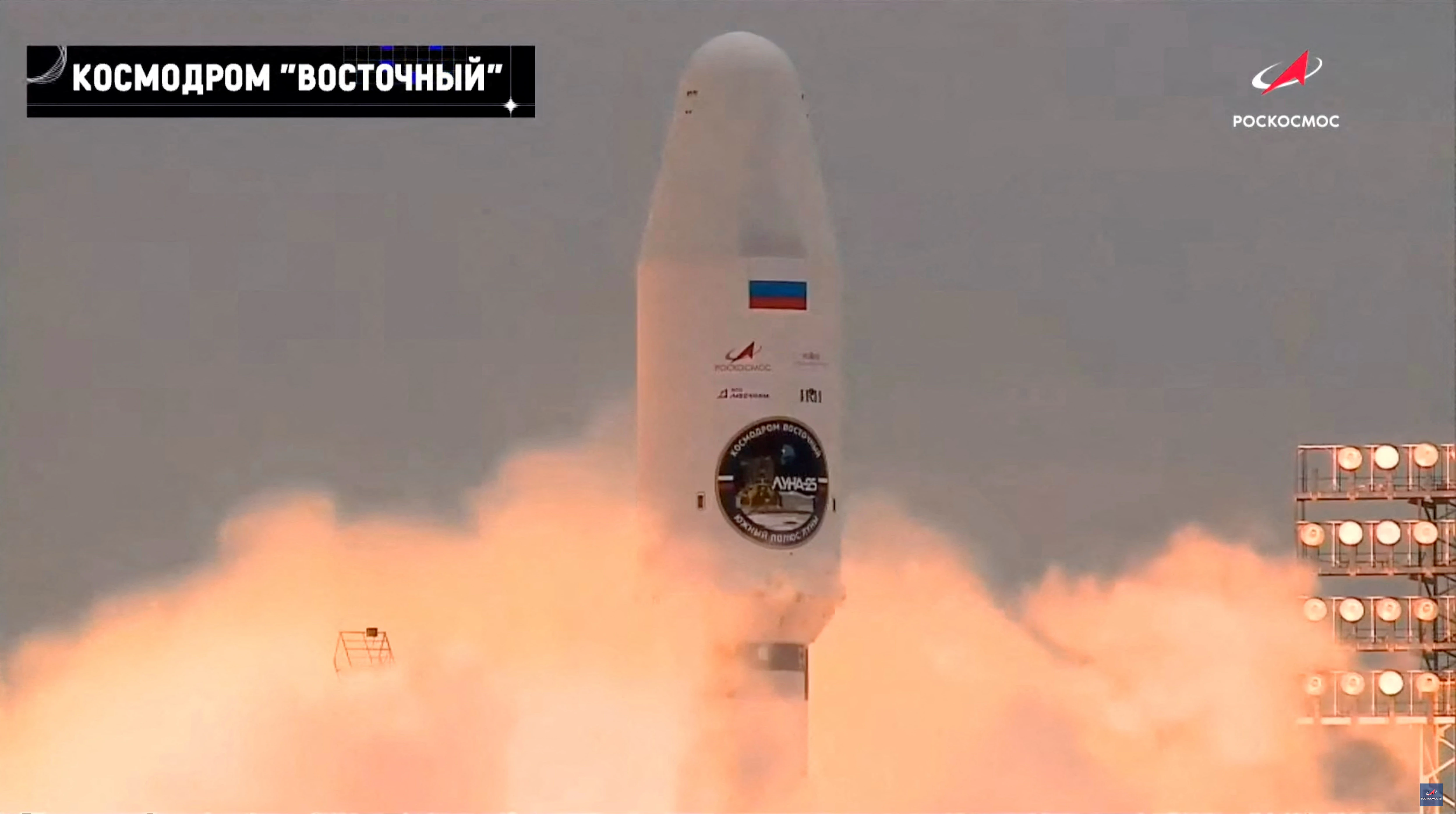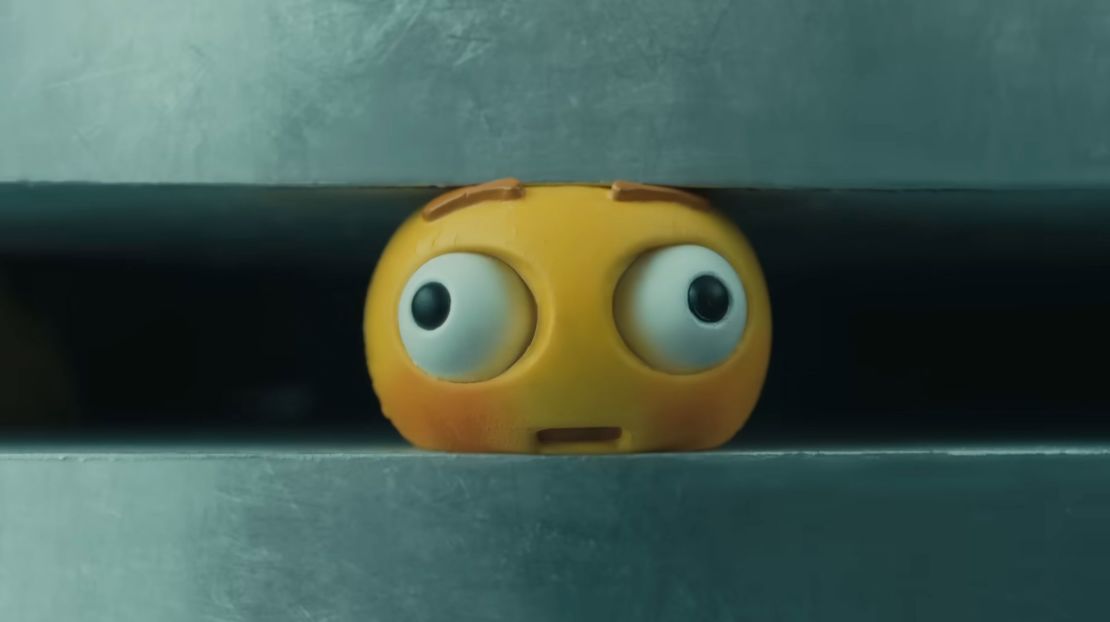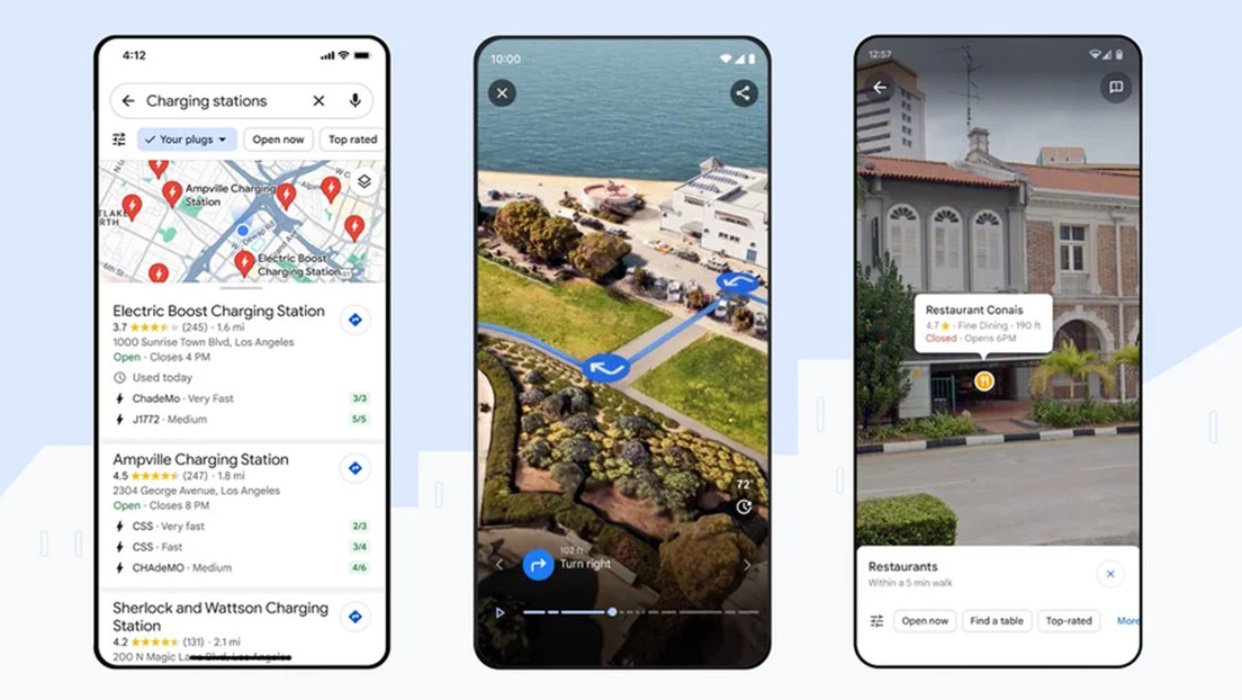Russia on Friday launched its first robotic mission to the moon in nearly 50 years, aiming to revive its space program that has been isolated by the Ukraine conflict in recent years.
The launch of the Luna-25 lander was Russia’s first mission to the Moon since 1976, an era in which the former Soviet Union led space conquest.
But since the fall of the Soviet Union, Moscow has faced continuing difficulties, such as a lack of funds and corruption scandals.
The Soyuz rocket carrying the nearly 800 kg probe lifted off from the Vostochni space base in the Far East at 02:10 (23:10 Thursday) in Moscow, according to images broadcast live by the Roscosmos space agency.
The plane took off leaving a thick cloud of smoke and flames standing out against the gray sky.
The device is expected to reach lunar orbit in five days, where the satellite will have between three and seven days to choose a good spot for landing on the south pole.
A Roscosmos source contacted by AFP is expected to land on the moon on August 21.
“For the first time in history, the moon is going to land on the south pole of the moon. Until now, everyone landed on the moon in the equatorial zone,” Alexander Plozhin said in a recent interview with the official Rosyskaya Gazeta newspaper.
The Russian space agency plans a one-year mission to collect samples and analyze soil and carry out “long-term scientific research.”
Since Roscosmos has been vetoed by Western powers, the launch is taking place in an environment isolated from the Russian program.
In line with its diplomatic strategy, Russia seeks to develop space cooperation with China.
Independent Russian researcher Vitaly Yegorov said the mission was a test for Moscow’s space program.
“The most important question: Can it land on the moon?” He asked AFP.
Russian President Vladimir Putin has vowed to continue the space program despite economic sanctions, citing as an example the time when the Soviet Union sent the first man into space in 1961 amid tensions with the West.
“We are guided by the ambition to move forward, despite the difficulties of our ancestors and their attempts to hinder us,” Putin said during a visit to Vostochny last year.
Roscosmos director Yuri Borisov admitted in June that the mission was “dangerous”. “Globally, the probability of success of this type of mission is estimated at 70%,” he said in a meeting with Putin.
The launcher’s first base could fall near the city of Shakhdinsky in the Khabarovsk region. Authorities have already ordered the evacuation of people there.
Luna-24, the Soviet Union’s last mission to the Moon in 1976, returned soil samples from the satellite to Earth.
The Soviets put the first satellite Sputnik into orbit, put the first animal into orbit with the dog Laika, and then the space department, which sent the first man into space, makes Russia proud.Yuri. Gagarin.
However, America won the space race in 1969 when Neil Armstrong landed on the moon.
Russia’s space program, which relies heavily on Soviet technologies, struggles to innovate and suffers from a lack of funding as Moscow prioritizes military spending.
Additionally, it has been marred by corruption scandals and launch failures, as well as facing increasing competition from the US, China and private companies such as billionaire Elon Musk’s SpaceX.





